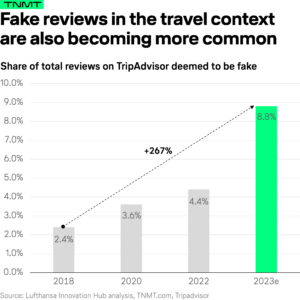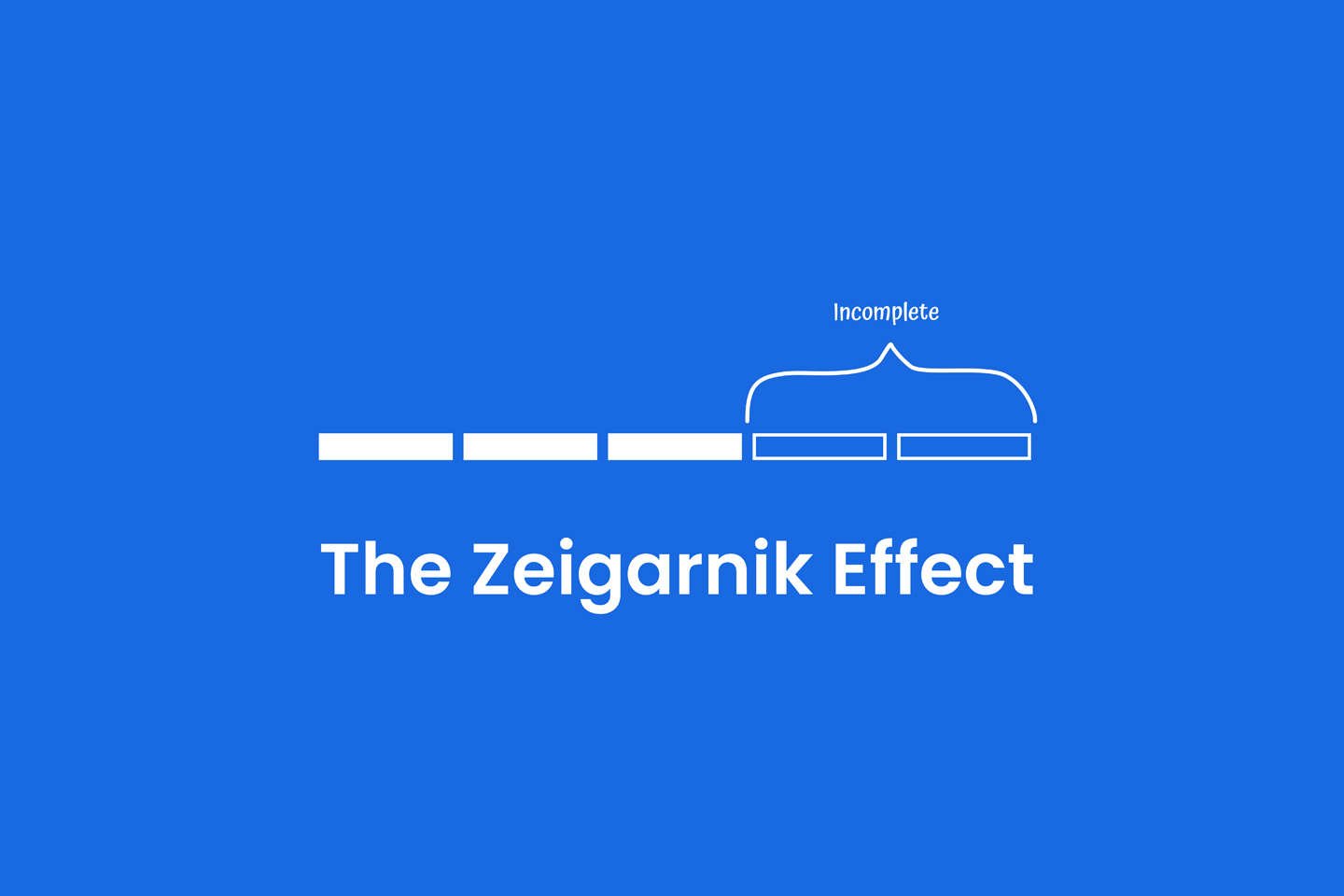The year 2025 is set to be a period where we profoundly experience the impacts of economic and regional uncertainties, political and socio-cultural shifts, and the new paradigms brought about by technology. This environment is driving significant transformations in both individual lives and the business world. Observable changes in people’s behaviours, needs, and preferences are increasingly influencing brands’ customer experience (CX) and user experience (UX) strategies.
In this context, we aim to approach the trends of 2025 from a human-centric perspective and share how individuals respond to these complex environmental effects. Brands can draw inspiration from these behavioural trends to shape their strategies and offer innovative solutions that address evolving needs. This year will see businesses placing greater emphasis on understanding people, approaching them with empathy, and swiftly adapting to these changes.
1. Trust in a Digital-First World
The proliferation of generative AI (GenAI) has created opportunities for personalisation and innovation but has also raised concerns about trust and authenticity. Consumers are questioning the reliability of online content, with 52% encountering fake news and 39% experiencing fraudulent product reviews. For example, in 2022, TripAdvisor identified over 1.3 million fake reviews. Recently, companies like Volvo and Meta have made U-turns on long-term promises to align with consumers’ immediate priorities.
In our 2024 Experience Research, we observed that the “trust/security” criterion was at the forefront across all sectors. Transparency around the use of personal data and ensuring the security of financial information will remain key priorities for consumers in 2025.
2. The “Impatience Economy”
The Impatience Economy reflects the growing consumer demand for quick solutions and faster ways to achieve life goals. Powered by technology and social media, platforms like TikTok, Instagram, and Reddit act as hubs for practical advice and shortcuts. Research shows that 55% of consumers prefer quicker, often riskier methods. Popular hashtags such as #passiveincome resonate with younger audiences seeking financial security. Brands can benefit from simplifying experiences and delivering fast, relatable, and innovative solutions to meet the demands of instant gratification.
3. Evolving Value Systems
The Evolving Value Systems trend highlights a shift in consumer behaviour, where economic pressures and societal changes are redefining perceptions of value. Consumers are increasingly favouring flexible and adaptive solutions that align with their financial and lifestyle needs. The growing emphasis on circular economy practices leads consumers to prefer brands that offer sustainable options. Consumers demand personalised products and services tailored to their needs. This trend drives brands to leverage AI and data analytics to deliver hyper-personalised experiences. For example, Patagonia’s buyback programme promotes sustainability and loyalty, while Samsung’s “WorthLife” programme rewards physical activity with wellness credits, reflecting a shift towards adaptive and meaningful value exchanges.
4. Reimagined Communities and Social Spaces
The concept of community is evolving post-pandemic. Collaborative spaces—both physical and digital—are becoming essential for fostering connections and resilience. From local co-living spaces to global online communities, the need for meaningful relationships is influencing how brands design interactions. For instance, Nike’s “Style by Season Three” campaign captures Berlin’s cultural diversity, enhancing community pride and engagement. Hyperlocal and cultural storytelling can deepen brand loyalty by resonating with community-specific values and aesthetics. Collaborative and immersive experiences can elevate consumer engagement and align with evolving social dynamics.
5. Simplicity and “Social Rewilding”
The Simplicity and “Social Rewilding” trend highlights a cultural shift towards balancing digital and physical experiences. Digital fatigue has led to a desire for meaningful, tactile, real-world connections. People increasingly value the “Joy of Missing Out” (JOMO), with 37.9% intentionally reducing screen time. Outdoor activities like hiking, gardening, and running clubs are becoming popular as they offer physical and mental rejuvenation. Brands must recalibrate their offerings to include real-world, sensory-rich experiences. Combining digital tools with physical engagement can deliver the best of both worlds.
6. Consumer-Led Sustainability
Consumers are actively seeking sustainable options and demanding accountability from brands. Circular economy practices and innovations, such as gamified savings tools, are redefining how value is created and exchanged. Alipay’s “Scripted Savings” gamifies saving habits, rewarding users for engaging with short stories and earning virtual gifts. Such initiatives encourage sustainable behaviours while offering tangible benefits.
7. Empathy as a Competitive Edge
Empathy in design and service delivery is becoming a cornerstone of consumer engagement. Understanding and addressing diverse consumer needs—while integrating inclusivity and well-being—will distinguish successful brands in 2025. Kitchenware brand The Kitchen Elements’ “Challenge Perfection” campaign encourages people to embrace the reality of home cooking and reject the seemingly perfect kitchens and recipes often showcased on cooking shows and social media. ASICS’ “Desk Break Clause” in employee contracts promotes mental health breaks. By aligning with real-life challenges and joys, brands can foster stronger emotional connections. Reviewing experience journeys and processes to deeply understand needs will become increasingly important.
The Future of Consumer and User Experiences
The trends shaping 2025 point to a world where technology, trust, and human connection intertwine in powerful ways. As brands navigate this rapidly evolving landscape, the key to success lies in embracing authenticity, fostering trust, and addressing the deeper emotional and practical needs of consumers. By leveraging innovative solutions, creating meaningful interactions, and prioritising empathy, businesses can not only remain relevant but also build enduring relationships with their audiences. The future of consumer and user experiences is dynamic, challenging, and filled with potential for those ready to adapt and lead.







